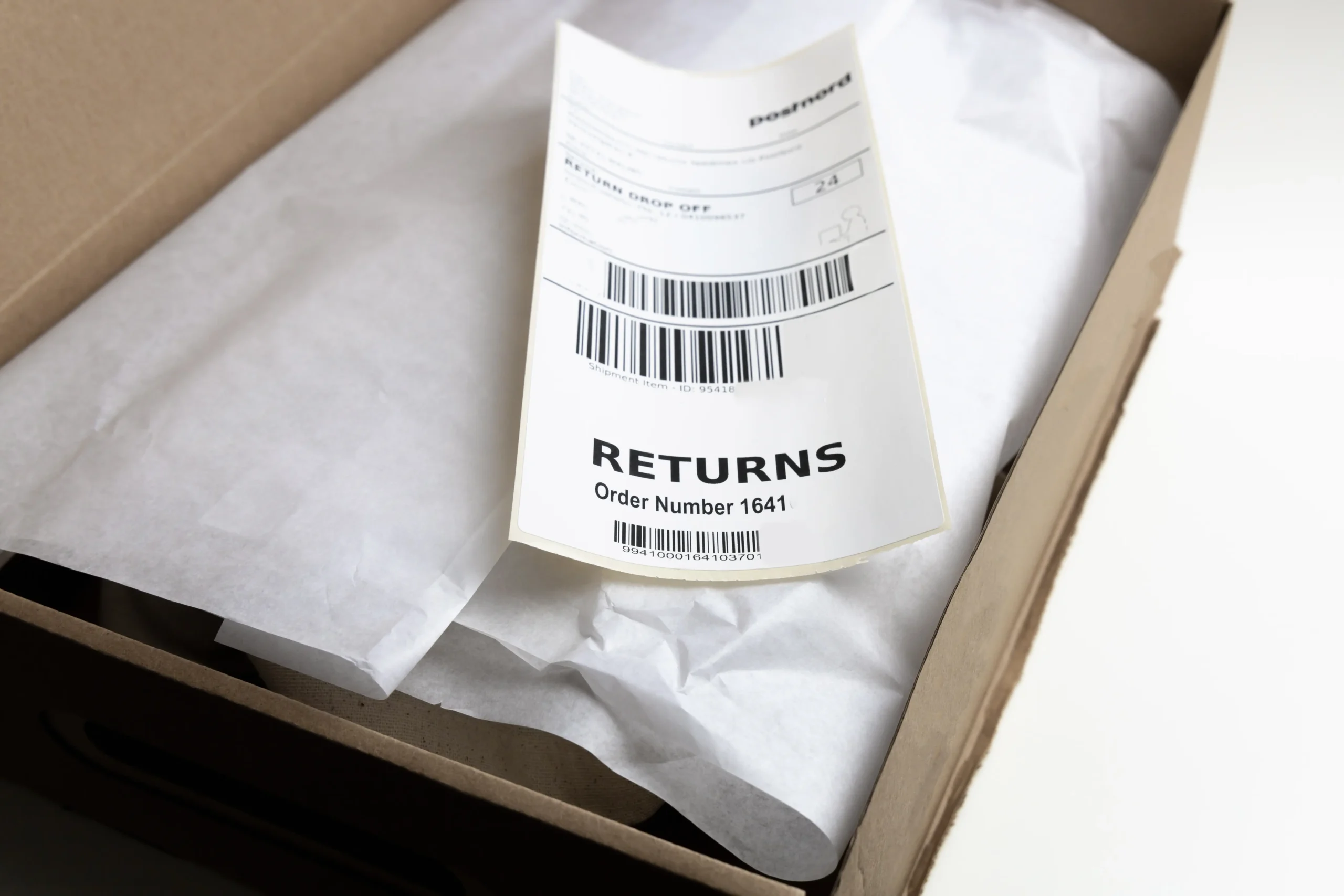There are some of life’s biggest mysteries we might never fully solve – Stonehenge, Area 51, the disappearance of Amelia Earhart – but others are easier to unravel than you think.
Take your carrier report, for instance. At first, it seems daunting – the reports you get have hundreds of data points to review. In the slowest of seasons, it’s tough to find time to analyze your reports and look for fees that were avoidable, unnecessary or incorrect, and with the holidays around the corner, your time is about to get even tighter.
But if you know where to look, it’s easier to spot these money-wasters and do something about them. It starts with one word: surcharges.
Surcharges are by far the most common way for shipping costs to get out of hand – mostly because they’re not always well defined by the carrier. But they’re also some of the easiest to fix. Be on the lookout for surcharges like these:
Address Corrections – Front-end address checking software is expensive, so many small and medium-sized shippers go without it. But it’s easy to rack up thousands in related surcharges because a customer put their address in incorrectly or in a non-standard way. This surcharge is incredibly common – and incredibly easy to overlook.
Additional Handling Surcharges – This is a broad surcharge because carriers have multiple ways they assess it. Some of it is based on package dimensions, weight, or packaging material/type. (Shipping guru Jeremy Lee wrote a great post about overpaying for these the other day.) If you use multiple carriers, it’s easy to lose track of what packaging will cost you more with which carrier.
Residential Delivery Surcharges – It’s that last step in the shipping process that’ll cost you the most. Studies show that 28% of a product’s total shipping cost comes from last-mile delivery. But, although they don’t publicize this option widely, carriers offer solutions like “Hold at Location,” allowing a customer to choose to have the carrier hold a package at a select location for a cheaper delivery option.
Shipping Charge Corrections – (carrier specific) This is pretty much what it sounds like – carriers charge you for any corrections they have to make to your shipping charges. However, they don’t tell you the exact reason a charge was assessed, leaving you to figure it out on your own so you can try to prevent it in the future.
There are many more of these types of surcharges that can eat away at your profits if you’re not careful. Many shippers fail to properly account for shipping costs in their cost of goods sold and end up losing money in the sale.
How to keep surcharges down
The key to avoiding each of these is simple awareness. Now that you know what to look out for, you can start to take action and keep them from taking a bite out of your bottom line.
- Assign a member of your team to identify every occurrence of these surcharges in your invoices or monthly reports. Work with your team to create new procedures based on your most commonly occurring surcharges so you can avoid them in the future.
- Offer shipping at a flat rate to recoup a portion of the shipping cost from customers.
- Invest in a tool that integrates carrier invoice data with your internal systems to ensure your cost of goods sold calculation is accurate and profitable.
Worried about the 2020 General Rate Increase – and all the surcharges that are going up as well? Check out our free white paper, The GRI Pressure Is On: Is Your Business Prepared?















